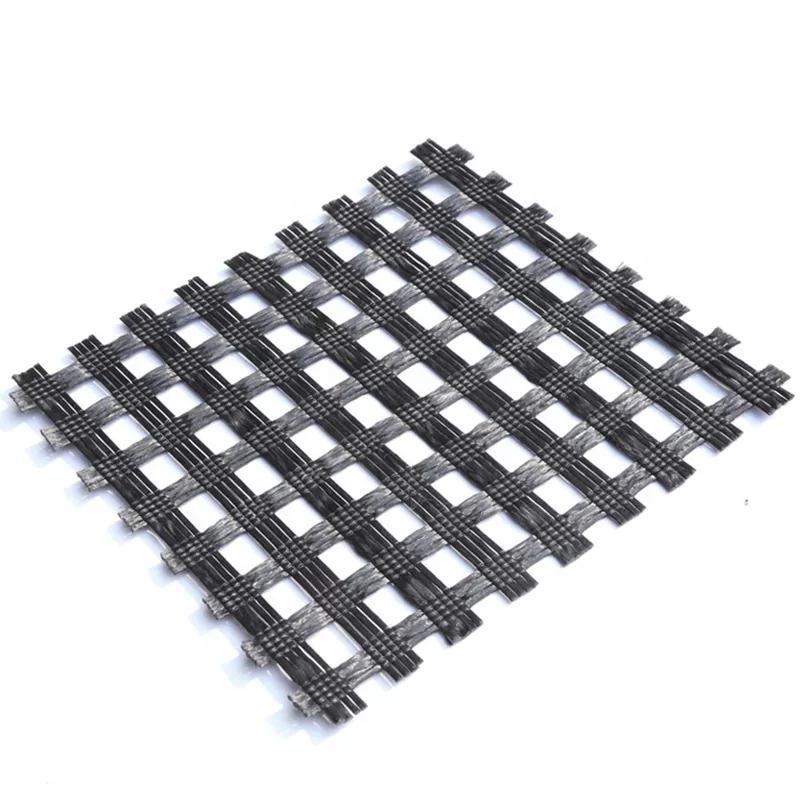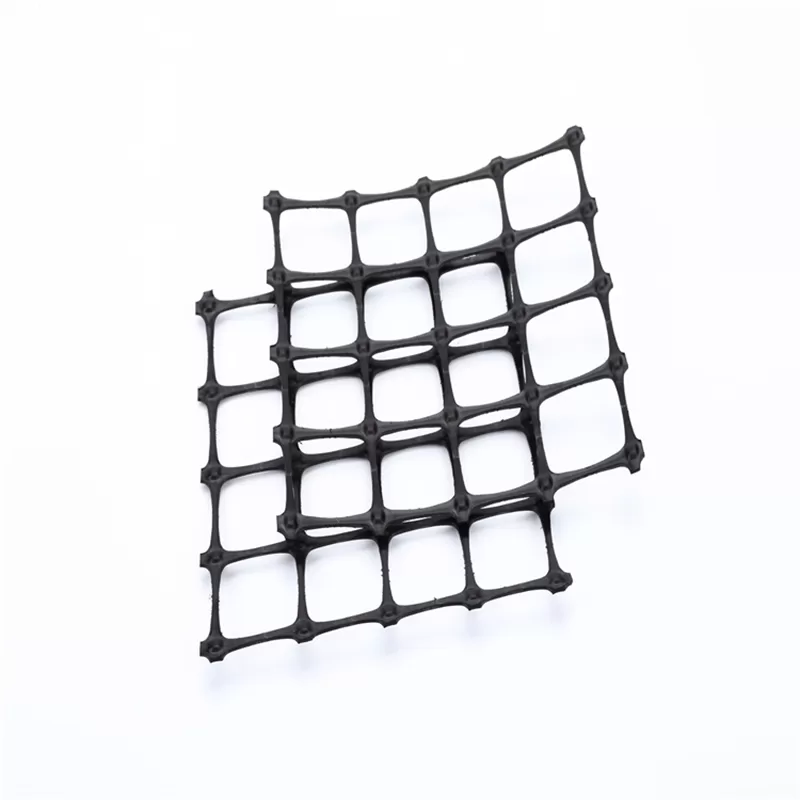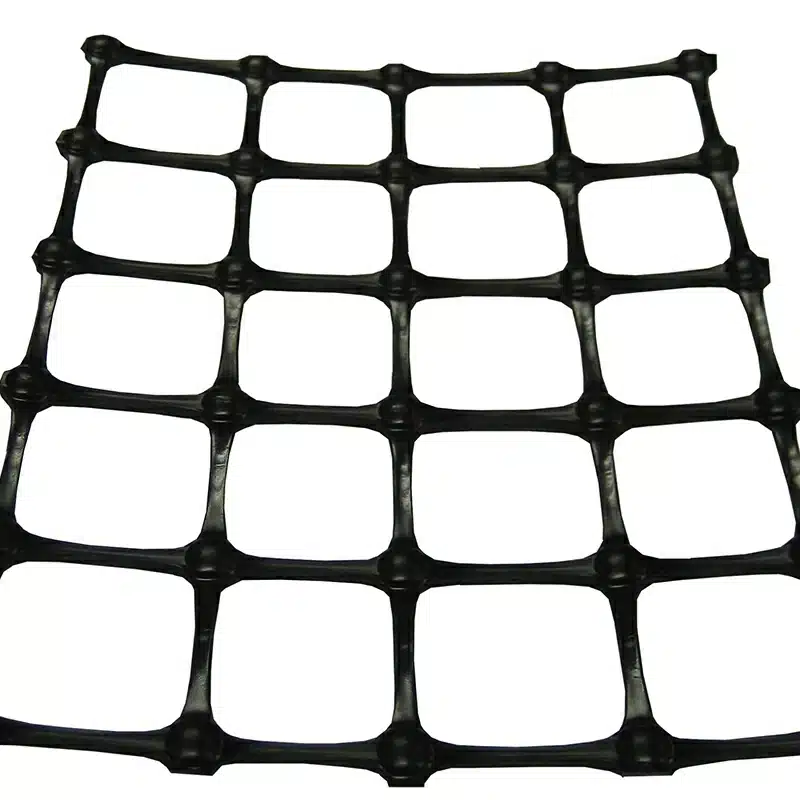+86-159 9860 6917
info@geofantex.com
geofantex@gmail.com
+86-400-8266163-44899
Polypropylene biaxial geogrid is an essential material in modern construction, especially in projects involving soil stabilization and reinforcement. This geosynthetic product provides exceptional structural support and enhances the performance of foundations in roads, embankments, and other civil engineering applications. In this article, we will explore the purpose and function of biaxial geogrids, the advantages of polypropylene geogrids, and the key differences between geogrids and geotextiles.
What is a biaxial geogrid used for?
A biaxial geogrid is primarily used to reinforce and stabilise soils in construction projects. It provides tensile strength in both the longitudinal and transverse directions, making it highly effective for distributing loads across a wide area. Biaxial geogrids are commonly used in road construction, retaining walls, and embankments to prevent soil movement, improve load-bearing capacity, and extend the lifespan of the structure. These geogrids play a crucial role in enhancing the performance and stability of soil in various engineering applications.

What is a polypropylene geogrid?
A polypropylene geogrid is a type of geosynthetic material made from polypropylene polymer, featuring an integrally formed structure, which is especially designed for soil stabilization and reinforcement applications. It is used to reinforce and stabilize soil and other materials in civil engineering projects. Polypropylene geogrids are lightweight, durable, and resistant to chemicals, making them suitable for use in a variety of challenging environments. Their biaxial structure allows for even distribution of loads, enhancing the performance and durability of the project.
What is the difference between geogrid and geotextile?
Geogrids and geotextiles are both geosynthetic materials used in construction, but they serve different purposes. Geogrids, such as polypropylene biaxial geogrids, are designed for reinforcement, providing tensile strength to support and stabilize the soil. Geotextiles, on the other hand, are primarily used for separation, filtration, and drainage. While geogrids strengthen the soil, geotextiles allow water to pass through while preventing soil erosion and particle migration.
What is geogrid used for?
Geogrid is used in a variety of civil engineering projects to reinforce soils and similar materials and stabilize them effectively. It is commonly applied in road construction, embankments, retaining walls, and foundations. By providing tensile strength, geogrids help distribute loads evenly and prevent soil movement, reducing the risk of structural failure. They are also used in erosion control and slope stabilization, making them a versatile solution for many infrastructure projects.
Polypropylene biaxial geogrid is a versatile and essential material in construction, particularly for soil stabilization and reinforcement. It differs from geotextiles in that it is primarily used for reinforcement, while geotextiles focus on filtration and separation. Biaxial geogrids enhance the strength and longevity of infrastructure projects, ensuring stability and durability across various civil engineering applications. Understanding the benefits of polypropylene biaxial geogrids can help in selecting the right material for specific construction needs.



Get Free Sample
We’ll respond as soon as possible(within 12 hours)






















